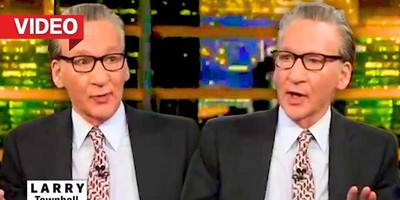As a person who traded his own money for years and years, since 1988 to be exact. I think I am qualified to know what a real market looks like and what a fake market looks like.
For years, the commodity markets were markets that could be very volatile, but at least they were somewhat predictable. That all went out the window in 2009 when the CME Group ($CME) actively pushed its off exchange customers to the screen. CME denies that they did this, but traders with ties outside the floors know different. CME marketing people actively pushed the market off the floor because CME makes more money when it is on the screen.
I hadn’t seen any academic studies that validated my gut feel until today. I had seen academic studies that looked at stock markets. But I hadn’t seen anything in futures, specifically commodity futures, until today.
The report examines the front-month contracts for NYMEX-traded WTI oil as well as sugar, wheat, corn, soybeans and live cattle between 1996-2011.
It concludes that there is growing evidence that “the financialization of commodity markets has an impact on the price determination process”, which is important for two reasons
I always knew that the marginal volatility at any specific point of time during the day was much lower than when the markets were not on the machine. Daily settlement prices were screwed up a lot. In hogs, the pork cut out would move lower and the futures would move higher. However, I always thought the supply and demand effects of the marketplace would outweigh the machines upon settlement. It turns out, I was wrong about that.
Recommended
In 2009, when the Lean Hog($HE_F) contract made the jump to the screen, traders in the pit knew something was up. You couldn’t get out of anything and spreads moved like they never had before. Traditional seasonality went out the window. I hypothesized that it was the factory farming wringing out seasonality but it turns out I was incorrect in that assumption too. It was the HFT entering the market.
A couple of years ago, there was a story in the Wall Street Journal about the coffee ($KT_F) market having the same problems. It’s traded at the ICE ($ICE). From what I understand, most traders have left that market and it’s only HFT. Correct me if I am wrong.
Of course, exchanges will disagree. They love the HFT because they make more money. Volume doubled in the hog contract. However, it was all circle jerk volume, not actually risk taking. Circle jerk volume is my term for HFT guys playing with themselves.
It would be different if I knew a bunch of long term traders that made the jump from pit to screen and continued to make money. But I don’t. Many, if not most, have left the business or are trading something else. It’s not just Chicago. I know plenty of guys in New York and London that will say the same thing. Funny thing is, most of us like trading on the screen a little. But I bet less than 5% are making any money. The machines took it all away, and more importantly, the exchanges encouraged them.
It would be great if an upstart competitor could come into the market and re-imagine how technology should interact with the marketplace. However, the regulatory hurdles and start up costs are so high, the risk/reward ratio keeps them from entering.
What I do know is this. The market that once provided a place for risk transfer and management is now a playground for a bunch of computers. Eventually, all the big commercial players will find a cheaper, more reliable way to hedge their risk in the OTC market. The independent traders will leave. All that will be left will be the HFT guys and the market will collapse on itself.
























Join the conversation as a VIP Member